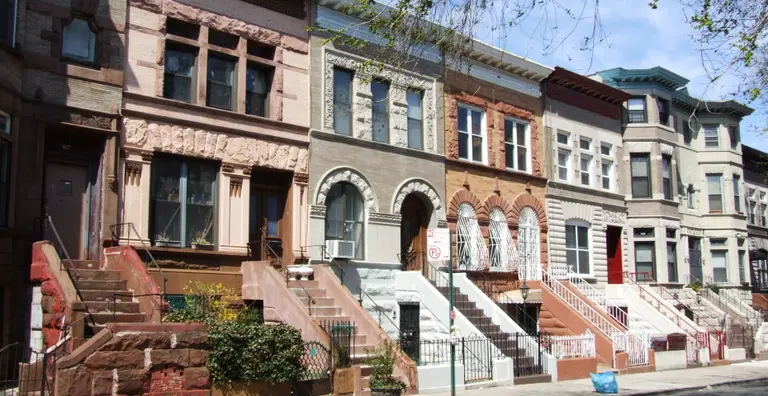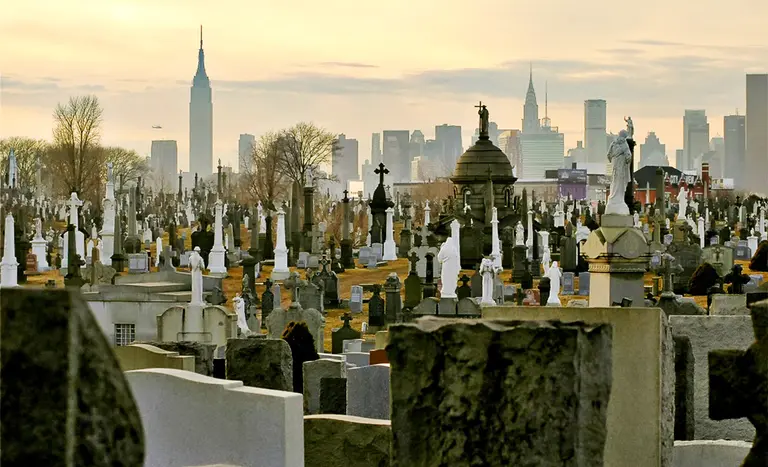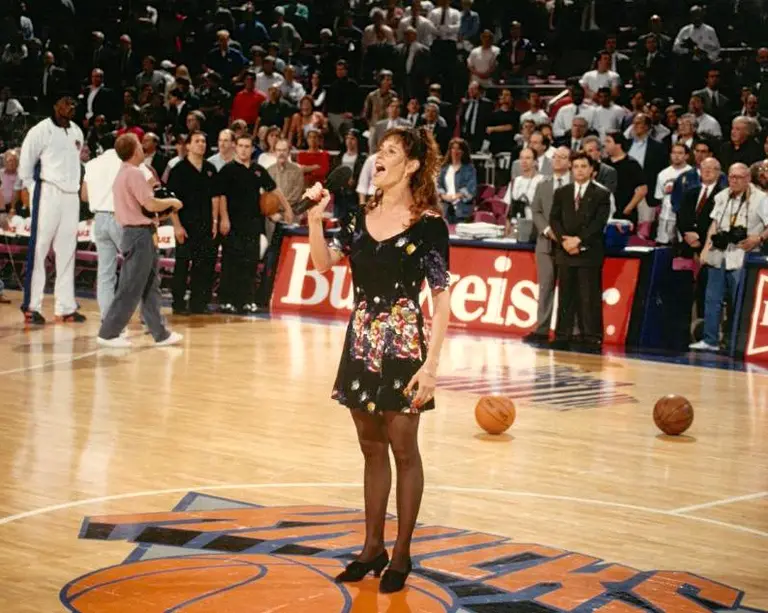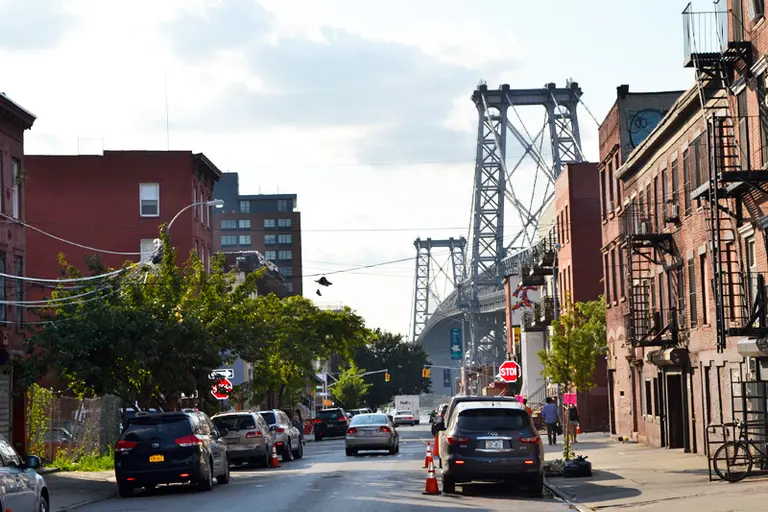From the ‘Seinfeld Law’ to Doggie Interviews, The Craziest Co-Op Board Stories Around
some unbelievable co-op board stories here

Riverbank State Park. Image via Dattner Architects

Image via the Historic Districts Council

Photo via Plowboylifestyle/CC

In our new feature Before They Were Brokers we catch up with New York’s top real estate pros who, in a previous life, did things you would have never guessed. Read on for their fun and quirky stories.

A view towards the Williamsburg Bridge. Image © Ray’s Tours